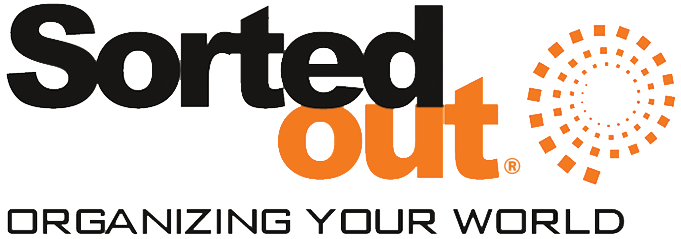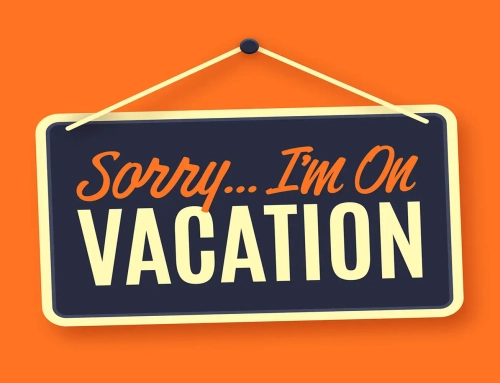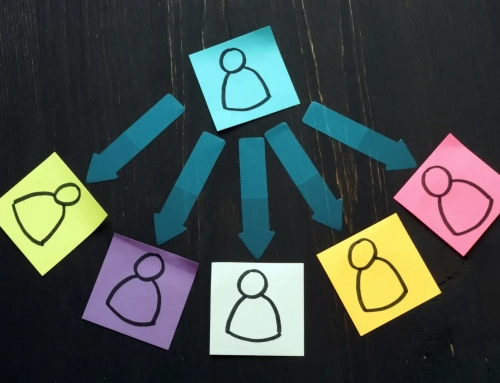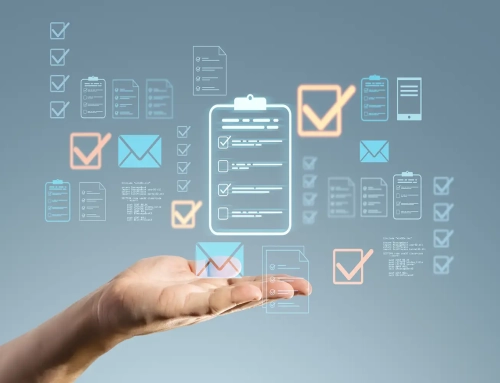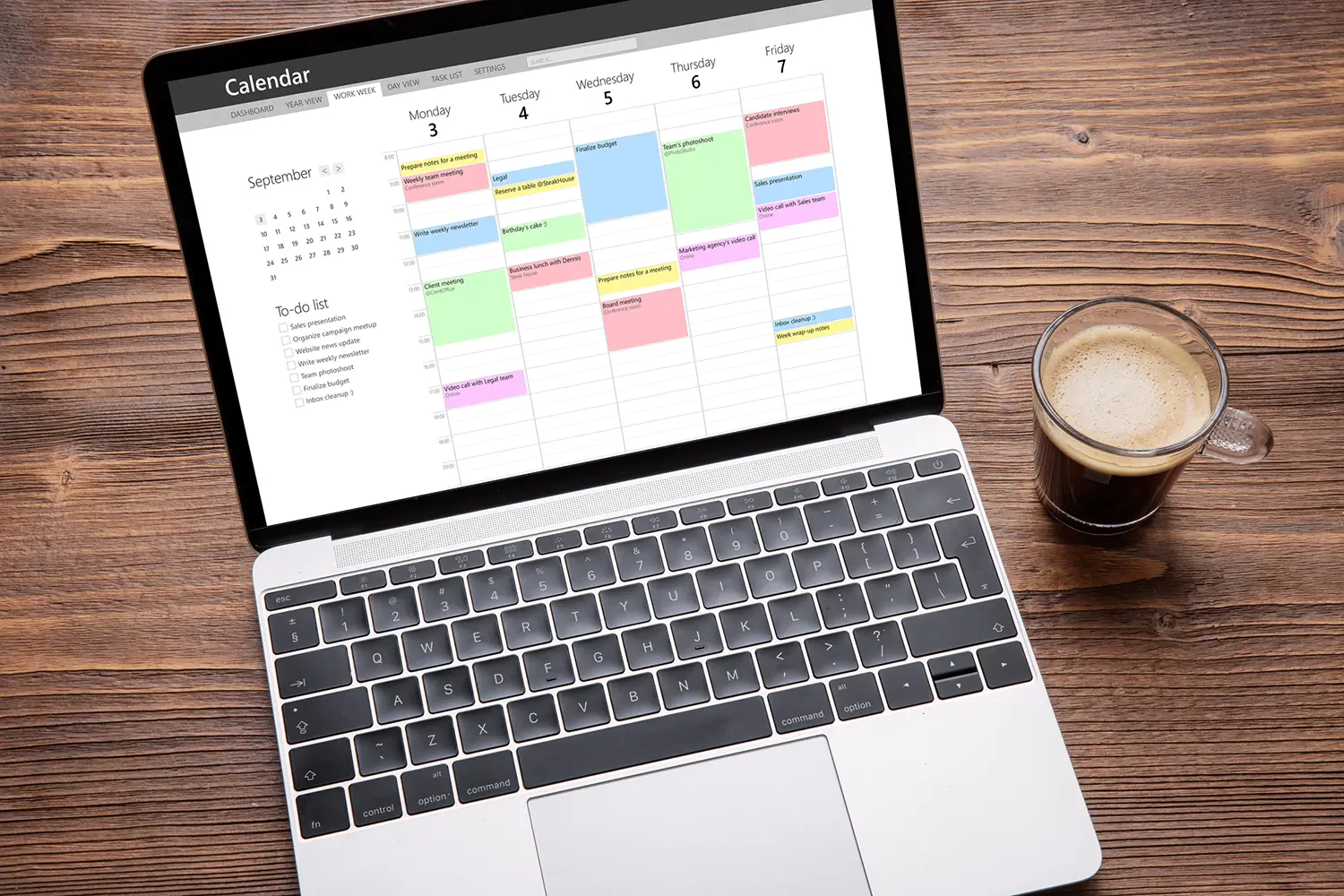
Looking for something new and effective to implement at work to help get things more organized or to keep you on task? One of the simplest solutions for making work easier is a workflow calendar. Our experts put together this quick guide with tips for how to best get a workflow calendar set up for your business.
Figure out what type of calendar works best for you
Depending on your business, your employees/coworkers, office structure, and personal preference, the type of calendar that will be most effective for you will vary. Your office and daily workday may best be suited for a digital calendar on your computer, tablet, and/or phone if you travel often for work or if your business uses hoteling and you don’t have a permanent office space of your own. If this is the best route for you, there are many great apps to choose from. You’ll want to browse the many options and ensure you pick one that is capable of every function you’ll need. Once you’ve chosen the calendar app you should schedule your time in blocks in order to be most efficient with your work hours. Another benefit of a digital format is that you can share your calendar with teammates and across multiple devices so it’s easily accessible just about anywhere.
If you prefer tangible items, don’t have a need to share your calendar with coworkers, or if you have a permanent workspace of your own, a physical written calendar may work best. Physical calendars you may consider are a desk calendar, wall hanging calendar, or daily planner. A planner that can be slipped into your bag is most easily transported, but a larger physical calendar in your workspace may also be more prominent and thus, more prominent and accessible throughout the day. No matter which format you decide to use, scheduling your time in blocks and keeping a list of all required tasks each day will be huge for your productivity.

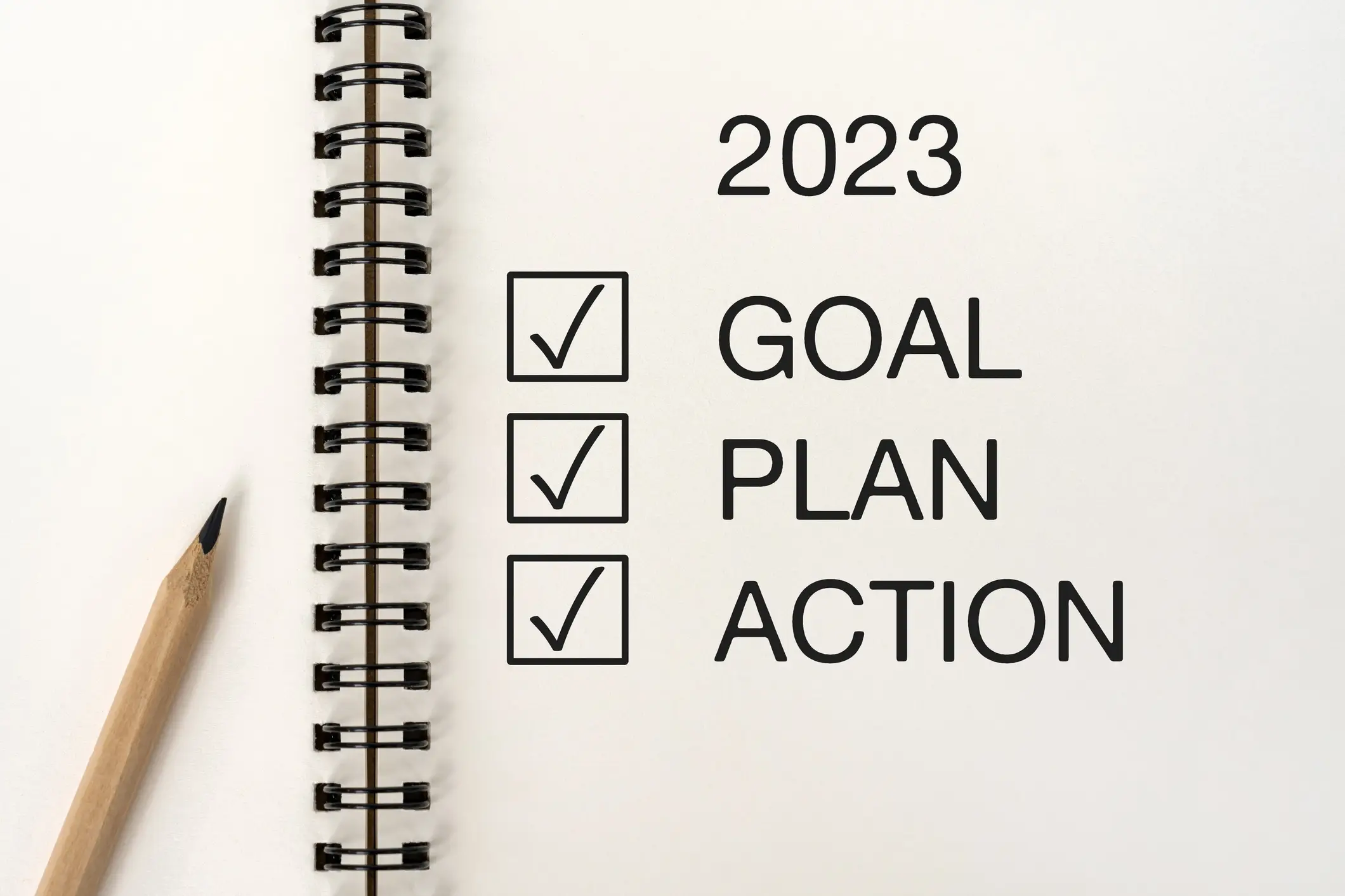
Use basic categories
A good workflow calendar will use direct, basic category titles such as “Projects to Finish”, “Reference Materials”, and “Action Items”. Keep the titles specific and short. Then, within each category you can break down tasks, deadlines, order of importance, etc.
- Projects to Finish: you should list all projects you are currently working on and then include a note with the deadline you must have each project (both small and large) completed by.
- Reference Materials: Include a full list of all resources and materials that you need to get the job finished. Within this category you’ll want to include where each item can be found, how long it will take you to acquire each specific material/resource, and the order of importance so you can prioritize correctly.
- Action Items: This is an essential category! Determine what tasks need to be completed immediately, or, what items you should be currently working on. On this calendar you want to time block your day to ensure you give yourself enough time for breaks, tasks in-between meetings, etc.
- Waiting for a Response: Having this category on a workflow calendar is important because it’s the best way to organize one aspect of your job that is dependent not only on you, but on others. Check to see who you are waiting to hear back from (coworkers, bosses, clients, etc.) and add a time to your calendar to follow up with them if you don’t hear back by that time. Be sure to allow yourself a bit of extra “cushion” time here so that you aren’t waiting to follow up until the very last minute. You need to ensure you’ve left yourself enough time here to complete your part of the task by your
- Long Term To-Do’s: Include lower priority items, big picture project end goals, and/or items that will take you longer to complete here. Keeping these differentiated from the Action Items will help you focus on things in a timely manner and keep your priorities/deadlines in check.
Stick with it
A workflow calendar is full of benefits and is especially wonderful for visual people. (One additional way to categorize your calendar and make it easily digestible is to use color-coding!) Workflow calendars help to reduce errors and increase efficiency and productivity. Once you have chosen to create one and have your categories set up, remember to continue updating it. Depending on your schedule, this may be daily or weekly. Either way, establishing a routine and updating it frequently is the best way to keep yourself motivated as tasks are completed. It also helps make sure nothing gets missed. And, if the calendar does become over-crowded or you notice something lingering unfinished that is going to be cutting it close to your deadline, you can use this calendar to see if there are any tasks or sub-projects that you can delegate to another team member.

The best way to stay on top of things at work is to be proactive. A workflow calendar sets you up for success because it’s the most effective way to “outline” your daily activity. Having this outline with your time blocked will keep you focused and productive during working hours. If you need any help categorizing specific aspects of your job or how to best include something on your calendar, please reach out! Send us an email at info@sortedout.com to schedule a consultation with one of our certified Time Management and Productivity experts.
Looking forward to hearing from you,
Tonia
Request a Consultation
There are so many ways that organization can help take back a space that is overwhelming and bring it to functional! We are excited to help start your journey to an organized and productive space.
